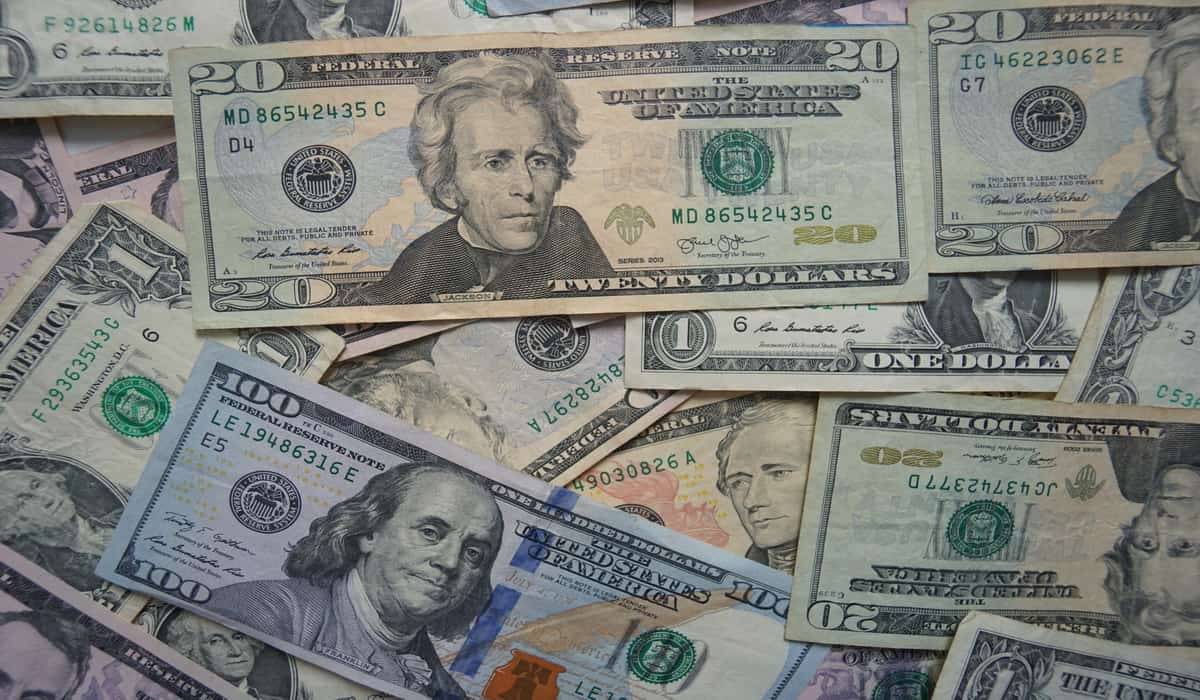
Six out of 10 countries with highest National debt-to-GDP ratio are EU nations
The debt-to-GDP ratio has emerged as a vital metric for determining economic prospects for a given country. Most countries usually strive to put in place measures to keep their ratio as low as possible.
Data presented by Buy Shares indicates that among the top ten countries with the highest National-to-GDP ratio, the European Union accounts for six. Japan has the highest ratio at 268.21%. Greece and Italy hold the second and third slots at 214.29%, and 156.92% respectively.
The research indicates that the US has the fifth-highest debt-to-GDP ratio at 136.69%. The United Kingdom lies in the tenth slot with a ratio of 100.87%.
Our research also highlights countries with the highest GDP and also the highest national debt. The United States has the highest GDP $19.54 trillion as of September 3rd. China has the second-highest GDP at $14.57 trillion. Japan stands a distant third with its GDP almost five times less compared to the US at $4.53 trillion.
Elsewhere, the United States has the highest national debt of $26.71 trillion which is at least double compared to second-placed Japan with a debt of $12.15 trillion. China has the third highest national debt globally at $7.32 trillion.
Importance of debt-to-GDP ratio
The National Debt-to-GDP ratio metric compares a country’s debt to its gross domestic product (GDP). The ratio reliably indicates the ability of a particular country to pay back its debts. The ratio can also be interpreted as the number of years needed to pay back the debt. When a country defaults on its debt, it often triggers financial panic in domestic and international markets alike.
The higher a country’s debt-to-GDP ratio climbs, the higher its risk of default on debts becomes. Although governments strive to lower their debt-to-GDP ratios, it can be challenging especially during periods of economic recession like the impact of the coronavirus pandemic. In such situations, governments usually increase borrowing in an effort to stimulate growth and boost aggregate demand.
Notably, Japan’s high debt can be managed since it is majorly owed to its citizens. Countries like Greece, owe their debt mostly to foreign creditors. In this case, Japan has the lowest risk of default compared to Greece. Japan is still well-off because it can adjust interest rates at low levels so that repayment values stay low relative to the overall debt level.
The US national debt on the verge of surpassing the economy
On the other hand, the United States has seen it’s national debt spike into crisis levels even surpassing the GDP. The massive spending in stimulus packages to mitigate the coronavirus pandemic is projected to push the national debt beyond the size of the economy. Interestingly, despite the US debt hitting historical highs, the stock market in August saw the S&P 500 and the Dow Jones Industrial Average recover from March losses.
In contrast, the US’s closest economic rival China enjoys low national debt. For China, the economic output is enough to make payments for debts owed. China, whose economy has been growing rapidly in recent years relies heavily on credit financing to spur rapid growth. However, the country might see an increase in the debt-to-GDP ratio due to the stimulus plan to invest in its ambitious infrastructure projects.
Despite the US debts skyrocketing, there is less effort to reduce it. From time immemorial the US economy has outpaced its debt. For years, Congress has held the view that current debt will be dwarfed by tomorrow’s economic growth. However, with the pandemic, the tables have been turned. Additionally, political factors have come to play where if the federal government cuts spending on essentials like social security, it will impact reelection plans for the sitting government.
In cutting the national debt, some governments resort to practices like issuing debts with bonds. This enables the treasury to avoid raising taxes and offer funds to pay expenditures, while also stimulating economic growth. Additionally, through maintaining low-interest rates, governments are able to spur economic growth, generate tax revenue, and reduce the national debt. Lower interest rates make it easier for individuals and businesses to borrow money.







